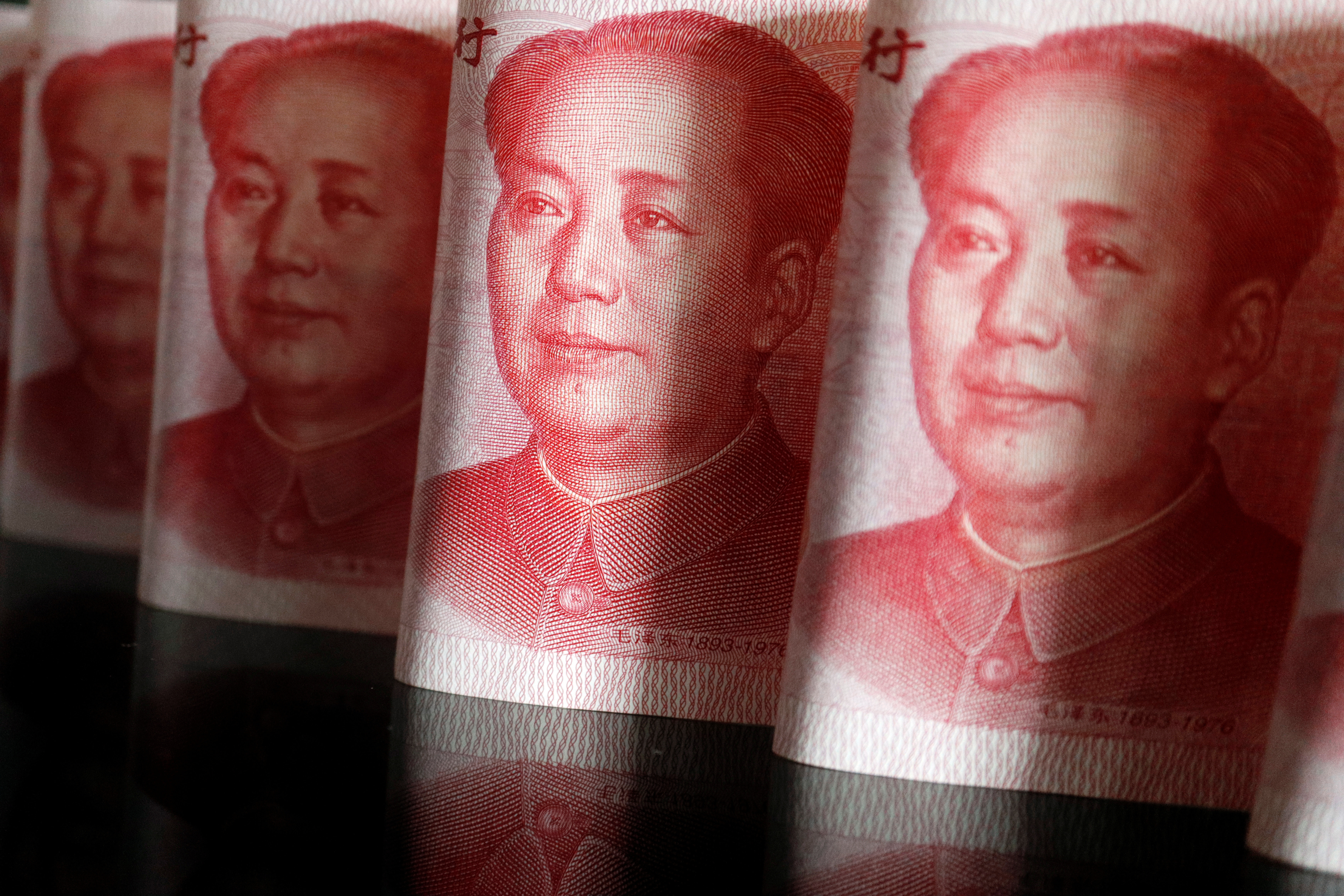According to financial news agency Bloomberg, the Chinese international currency – which circulates outside mainland China and is traded more freely than in the domestic market – fell to 7.2386 to the dollar.
That’s the weakest level since Hong Kong’s clearing houses were given the green light to freely open Chinese currency accounts in 2010.
The Fed is taking an increasingly harsh tone to fight inflation in the U.S. and may impose further interest rate hikes. This trend is causing investors to flock to the dollar, sending it to record highs against other major currencies.
The yuan also strengthened in China’s domestic (“onshore”) foreign exchange market, rising Wednesday, Sept. 28, to 7.2297 yuan to the dollar, its lowest level in 14 years.
The yuan in China was not fully convertible, and the country’s central bank sets a daily introductory rate on either side, allowing a fluctuation of more or less 2%.
This depreciation comes despite recent interventions by the Chinese central bank. In September, it decided to lower banks’ foreign currency reserve requirements.
In practice, this measure makes it more expensive for financial institutions to sell yuan and buy dollars.
China’s economy has been battered in recent months by anti-COVID restrictions (lockdowns, quarantines, mandatory PCR tests to go to public places), drought in the south of the country and a real estate crisis.
With this relative depreciation of the yuan, “the central bank will at least have to pay more attention than before” to the balance between its stimulus measures and its exchange rate policy, says Tianfeng Securities in a note.



Comment here